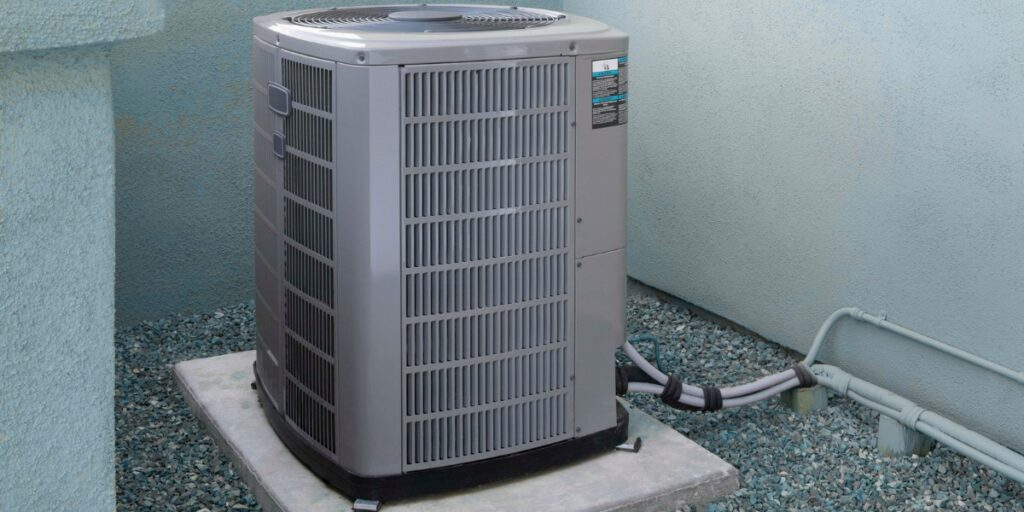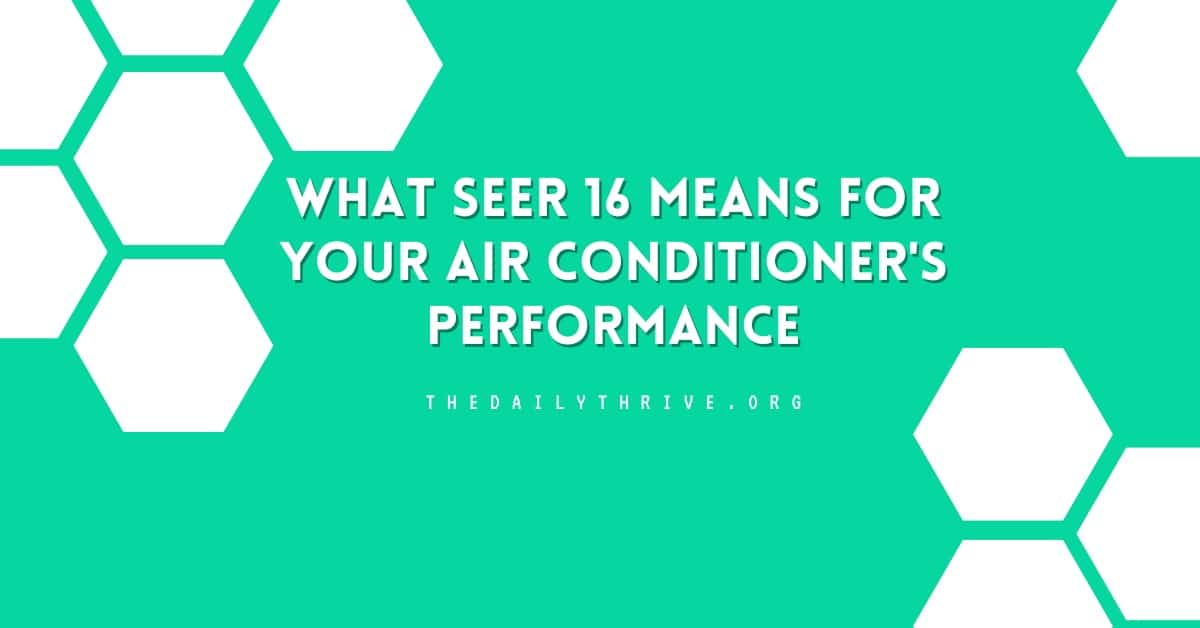If you’re in the market for an air conditioner, you may encounter the term SEER rating. A SEER 16 rating indicates that an AC unit is highly efficient.
The SEER rating of an air conditioner measures its efficiency over a typical cooling season. It’s calculated by dividing the total cooling output (in BTUs) by the total electric energy input (in kilowatt-hours) during the same period. In simpler terms, it tells you how much cooling you get for each unit of electricity consumed.
Effective 2023, the Minimum Energy Performance Standards (MEPS) for air conditioning systems will be updated. The minimum Seasonal Energy Efficiency Ratio (SEER) required for the northern regions will be 14, while for the southern regions, it will be 15. This update aims to improve the energy efficiency of air conditioning systems and reduce their environmental impact.
Here’s a quick look at how things have shifted over the years:
- Back in 1992, everyone needed to hit at least a 10 SEER.
- By 2006, that number bumped up to 13 SEER across the board.
- In 2015, the south nudged ahead, requiring 14 SEER, while the north stayed at 13.
- In 2023, we’re stepping it up to 14 SEER in the north and 15 SEER in the south and southwest.
Is 16 SEER Good for an Air Conditioner?
Yes, a 16 SEER rating is considered good for an air conditioner. It strikes a balance between cost and efficiency that suits most homes. Units with this rating are more efficient than the minimum federal standard and can lead to cost savings on energy bills without the higher upfront cost of units with even higher SEER ratings.

How Many Kws Does 16 Seer AC Use?
An AC system with a 16 SEER rating will use around 1,500 kWh of electricity to keep your home cool. Your system will drink that much juice from the grid to deliver all that coolness. That’s figured out by dividing 24,000,000 BTUs by 16, which equals 1,500,000 watt-hours.
How Is SEER Determined?
The SEER rating is calculated using a standardized formula that divides the cooling output of an AC (in BTUs) over a season by its energy consumption (in kilowatt-hours). This calculation is based on a predetermined seasonal average that reflects typical cooling needs.
The higher the SEER rating, the more efficient the air conditioner is. This efficiency measurement helps consumers compare the energy consumption of different units on an equal footing.
How Much Better Is 18 SEER Than 16 SEER?
While both 18 SEER and 16 SEER units are considered energy-efficient, an 18 SEER unit is more efficient than a 16 SEER one. It uses less electricity to achieve the same amount of cooling. However, the higher efficiency comes with a higher initial purchase price.
Whether the additional cost is justified depends on factors like your local electricity rates, the size of your home, and how often you use your AC.
Is Higher SEER Better for AC?
A higher SEER rating means higher efficiency, which translates to lower energy costs over the unit’s lifetime. However, higher-rated units also come with a higher initial price.
Determining if a higher SEER rating is better for your situation involves weighing the upfront cost against the long-term savings. It’s often recommended to opt for the highest SEER rating you can afford to maximize efficiency and savings.
What is the Best Seer Rating for AC?
The best SEER rating for your air conditioner depends on your needs, including your budget, climate, and how you use your AC. While higher SEER ratings offer greater efficiency, the best choice balances initial cost with long-term savings. For many homeowners, units rated between 16 and 18 SEER provide a good mix of efficiency and value, offering reduced energy consumption without an excessively high purchase price.
Let’s delve into the process of determining the ideal SEER rating for your air conditioning system. This will help you achieve an optimal balance between initial expenses and long-term gains.
Geographic Location and Climate
Your climate affects the best SEER rating for your AC. Higher SEER ratings save energy in hot areas where ACs are used year-round. In the southern US, SEER 16+ is better. Cooler areas can use the national minimum SEER rating.
Home Size and Layout
The size and layout of your home can influence the ideal SEER rating. Larger homes may require units with higher SEER ratings, while smaller homes may not need as high a rating to achieve comfortable temperatures efficiently.
Personal Comfort Preferences
Comfort is subjective and varies widely. AC with a higher SEER rating can facilitate a consistently cool indoor environment for those who prefer it. For those who rely on natural ventilation and fans, a lower SEER rating could be more cost-effective.
Budget Considerations
Higher SEER ratings mean higher efficiency but also higher initial purchase prices. It’s best to weigh the initial cost against potential energy savings. A moderately high SEER rating (14-16) can offer energy improvements without a steep price tag.
Long-Term Savings vs. Upfront Costs
Consider long-term savings when choosing the SEER rating for your AC. High-efficiency units may cost more initially but can reduce energy consumption and utility bills over time, especially in hot climates or areas with high electricity rates. Calculate the payback period to decide if a higher SEER unit is worth the investment.
Conclusion
A SEER 16 rating on an air conditioner signifies a level of efficiency that can provide comfortable cooling in your home while keeping energy costs in check. When choosing an AC unit, consider the SEER rating as a key factor in your decision, balancing the upfront cost against potential energy savings. Remember, while a higher SEER rating generally indicates better efficiency, the best choice for your home will depend on various factors. Consulting with a professional HVAC contractor can help you assess your needs and choose an air conditioning system that offers your home the best efficiency, comfort, and value.






